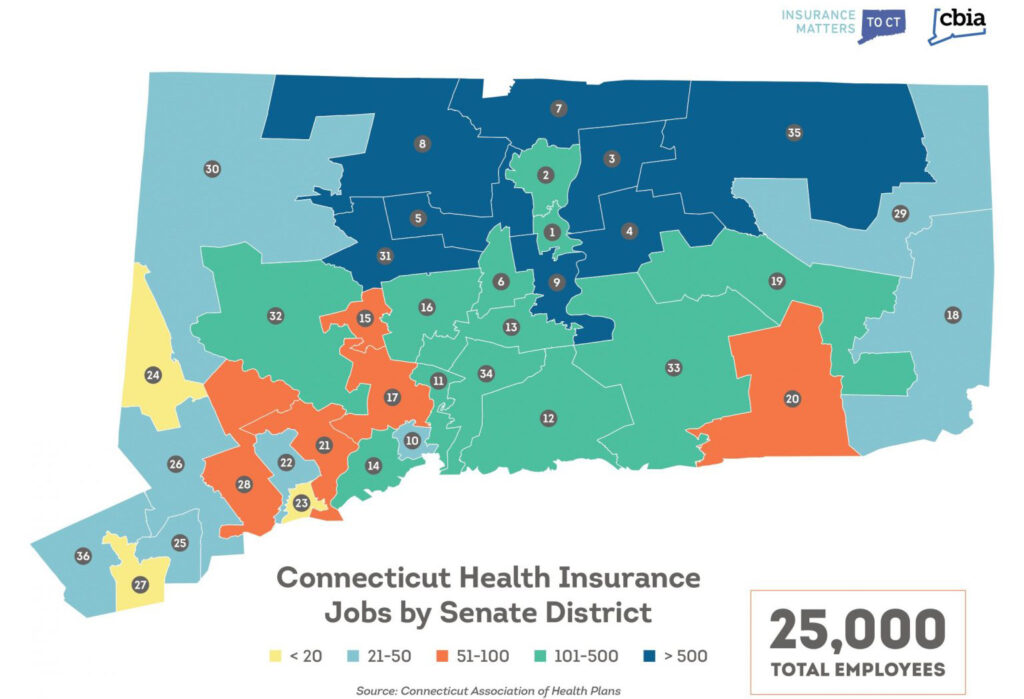
What is a public option?

What is a public option?
Lorem ipsum dolor sit amet, consectetur adipiscing elit. Ut elit tellus, luctus nec ullamcorper mattis, pulvinar dapibus leo. Lorem ipsum dolor sit amet, consectetur adipiscing elit.
Ut elit tellus, luctus nec ullamcorper mattis, pulvinar dapibus leo. Lorem ipsum dolor sit amet, consectetur adipiscing elit. Ut elit tellus, luctus nec ullamcorper mattis, pulvinar dapibus leo.
Lorem ipsum dolor sit amet, consectetur adipiscing elit. Ut elit tellus, luctus nec ullamcorper mattis, pulvinar dapibus leo.
Lorem ipsum dolor sit amet, consectetur adipiscing elit. Ut elit tellus, luctus nec ullamcorper mattis, pulvinar dapibus leo.


A Risky Plan: Connecticut’s Public Option Proposal
A Risky Plan: Connecticut’s Public Option Proposal

What’s being done to drive affordability for Connecticut consumers

What’s being done to drive affordability for Connecticut consumers
Premiums are a reflection of underlying health care costs. Coalition members agree with the need to reduce the cost of health care services and therefore the cost of health care coverage, but such measures need to be undertaken in a deliberate and thoughtful manner.
First – do no harm. Connecticut policymakers must refrain from adopting new mandates and policies that add to the bottom line of health care costs and therefore health care coverage premiums.
Member carriers are in discussions with the Office of Health Care Strategy on implementation of Executive Order #5 establishing a new health care cost benchmark growth target. The benchmark process has been proposed to ensure access to quality, affordable, health care coverage that builds upon the strong foundation of the Affordable Care Act without undermining its underpinnings.
Working Group To Study Payments by Insurance Companies for Deposit into the Insurance Fund

Lorem ipsum dolor sit amet, consectetur adipisicing elit. Est vero quia beatae, tempora fugiat in nam rem veniam blanditiis alias, eveniet dolore sunt! Voluptates ut illo consequuntur quasi assumenda reprehenderit!





